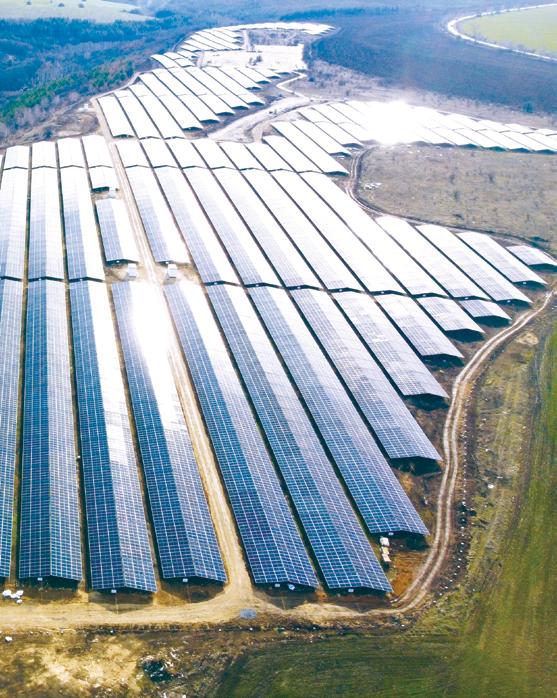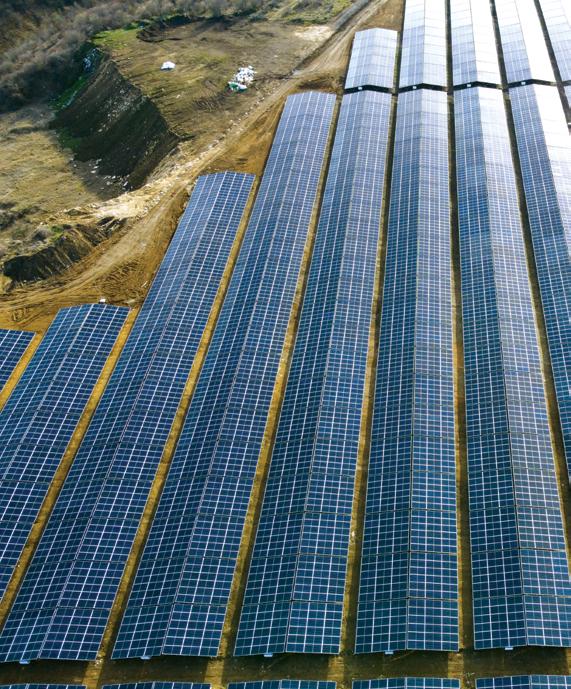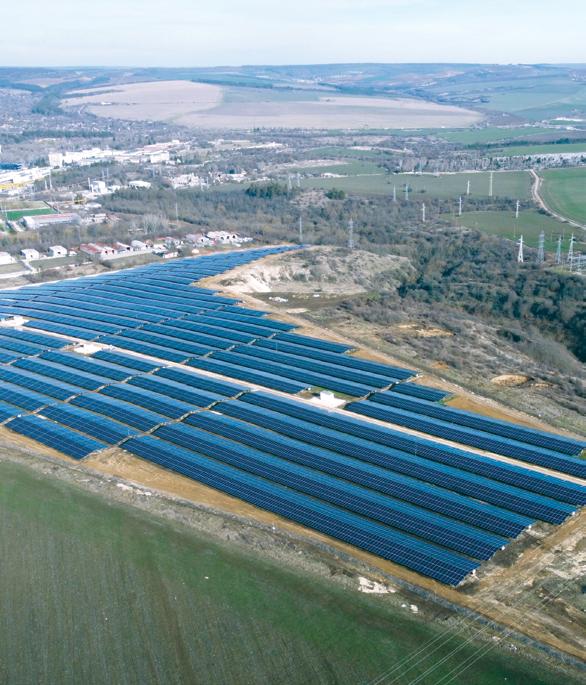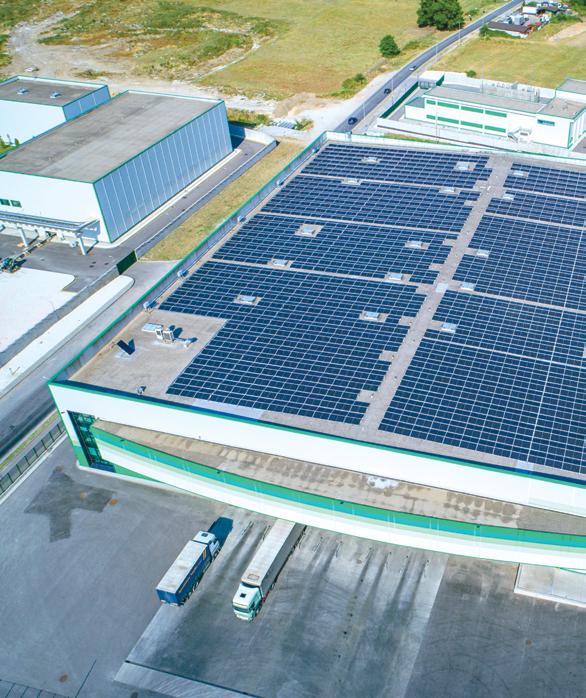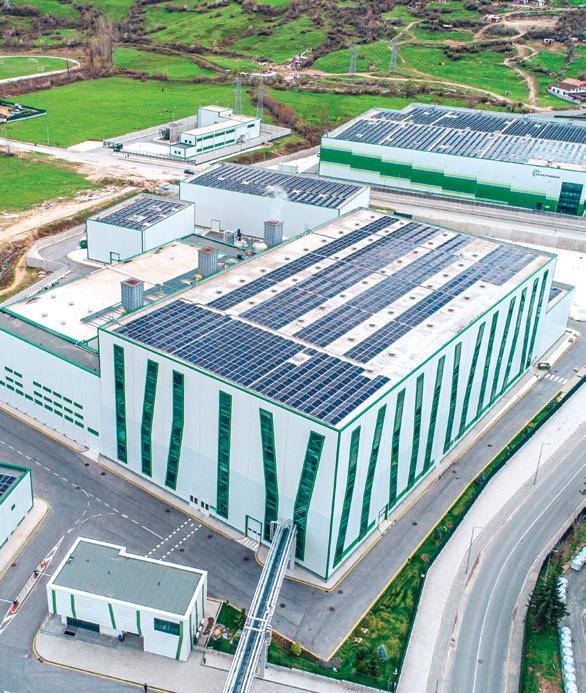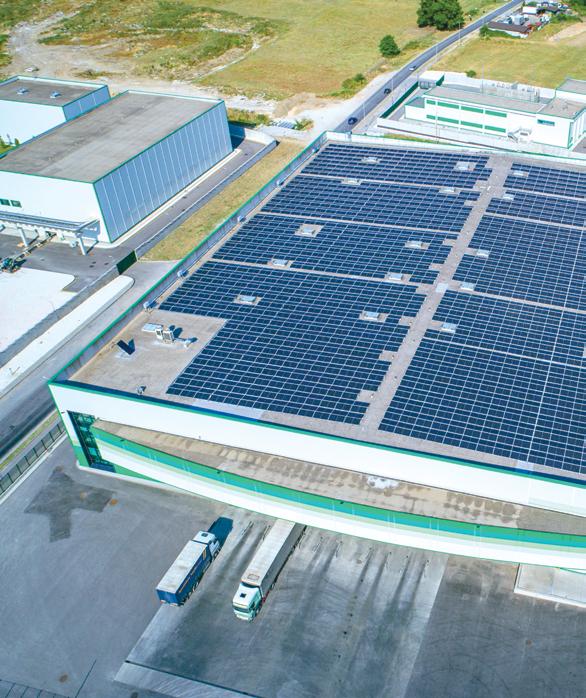
1 minute read
Huvepharma®’s manufacturing facilities will be carbon neutral by 2030 The Manufacturing Process
Four critical utilities are required for the manufacturing process. Reducing the carbon footprint of each of these critical utilities is central to Huvepharma®’s ambitions.
In line with the European Green Deal, Huvepharma® is investing in renewable energy installations to ensure that it is self-reliant and autonomous for its energy needs. We manufacture our own products, from strain to shelf, and therefore control the full manufacturing process. Auditing the environmental claims of a third party is not required. This is not a claim which many companies can make within the animal health and nutrition sectors. Our production sites in Europe and the USA, coupled with our ‘Strain to Shelf’ philosophy, mean that autonomous production and transparency is assured.
Advertisement
These four critical utilities are used throughout the fermentation process and in downstream processing. Huvepharma® is reducing its reliance on fossil fuels and the carbon footprint of these key utilities through a focussed approach.
Huvepharma®’s electricity requirements can be fulfilled via the national grid, our cogeneration plant or by renewable energy installations, such as solar panels. Steam production is produced via our cogeneration plant, incineration plants or by steam boilers, powered by compressed or natural gas.
Seed material
Fermentation starts with a pure culture of the micro-organism in the laboratory. The preparation of ‘seed material’ in flasks follows which is then transferred to small fermenters.
During the upstream processing phase (USP), the content of the inoculators is transferred into large fermenters. Once the energy-intensive fermentation phase is complete, the fermentation broth is processed downstream.
Manufacturing process
Downstream processes (DSP) include steps such as filtration, extraction, concentration, purification and drying. The active product ingredient (API) is then ready for further processing into the finished forms (products) which are used to shape livestock solutions.
Finished forms


